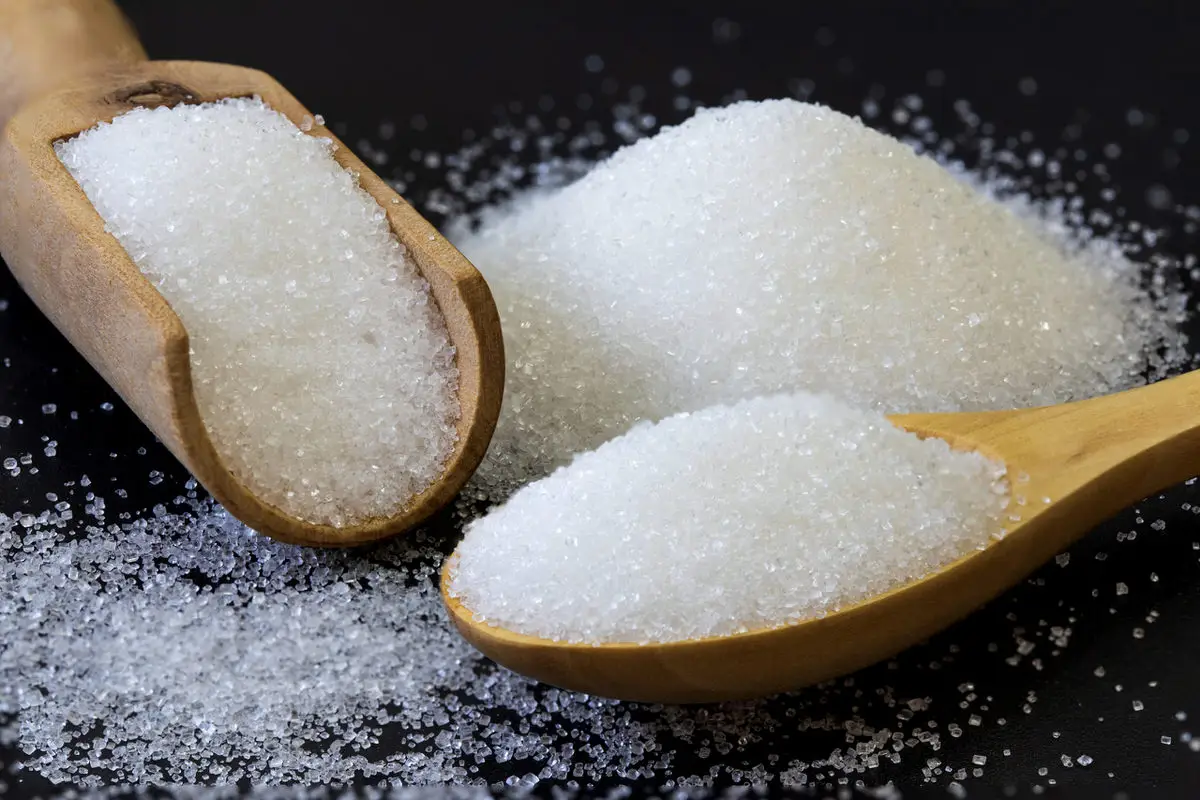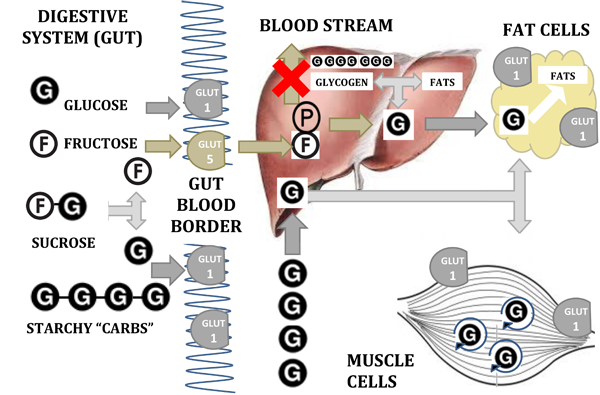FRUCTOSE is blamed as being glucose’s evil cousin, the cause of the pandemic of obesity and it’s resulting chronic disease risk factors. Reflecting on the history of fructose in the human diet and food it seems to have been a “perfect sugar storm”.
Fructose a new player
Humans have not historically had to process much fructose as it was not a significant part of our food supply until the 20th century. Our bodies are therefore less well equipped to handle it than they are for glucose.
Fructose is a simple sugar found naturally in fruits, vegetables and honey as “free fructose” or combined with glucose to form sucrose in refined sugars (table sugar, brown sugar), or in processed high fructose corn syrups. About 10% of the calories contained in the Western diet come from fructose (about 11 teaspoons worth).
The world view of fructose as evil started to gain momentum when fructose started to creep into processing, first as cane sugar as a sweetening ingredient, then as high fructose corn syrup, when corn was a grain crop that was oversupplied in the US and worldwide. More recently fructose was promoted as a “low GI” alternative to sugar and glucose. As this increase in fructose in the food supply evolved, more attention was paid to the unique human bodily responses that differentiate fructose from glucose.
How do our bodies use sugar?
All carbohydrates (sugars and starches) from fruit, vegetables, grains or dairy foods get broken down to one of three types of “single sugars” (glucose, fructose and galactose) before they can move from the digestive system into the bloodstream. Most is in the form of glucose because it forms a large part of “starchy” foods as well as sugars. A substantial and increasing contribution to dietary sugars is from fructose and a much smaller amount from galactose, because it only comes from dairy foods.
The transporter that carries glucose and galactose across into the blood from the digestive system is is sGlut-1. Fructose is taken in by Glut-5 or piggy backs onto glucose. Sugar alcohols like sorbitol inhibit fructose transport into the blood stream.
Here’s where it gets interesting (see diagram below). Breaking down glucose and fructose for use as energy in the cells of the body involves pretty much the same enzymes and steps BUT the two sugars have very different fates in human metabolism due to the differing numbers and locations of their transporters.
Is fructose all that different to glucose?
Historically, humans have not had much fructose to break down so most cells have only low amounts of the fructose transporter which moves fructose into cells. Glucose is transported into cells by an insulin-dependent transport system that is common to most cells. Because liver cells have the fructose transporter, fructose is mainly taken up by liver cells.
The first step in fructose metabolism traps the fructose so it has to be broken down in the liver. In the liver of a healthy person who is moderately active, about a quarter to a half of fructose is converted back into glucose in the liver, and about quarter of fructose is converted to lactate and another quarter is stored as liver glycogen. Glucose and lactate are then free to leave the liver and are used normally as energy to fuel cells all over the body.
What happens when unhealthy people eat excess fructose?
The problems start when EXCESS fructose is consumed, especially by people who are not a healthy weight, or have health conditions such as type 2 diabetes, inflammatory conditions, liver or cholesterol issues. EXCESS fructose is stored as glycogen in the liver or if those stores are full, gets used for triglyceride (fat) synthesis. This can put extra load on the liver and worsen the chronic health conditions.
On the other hand, most of the glucose that enters the liver after digestion, is not trapped and passes through the liver towards skeletal muscle and to fat cells where it is metabolised for energy production or to fat storage.
Which sugar is more poisonous?
We could argue the details of which sugar is more poisonous than the others, but really the moral to this story is to avoid over-consuming added sugars of any type because they will get converted to fats in either the liver or fat cells if eaten in excess of what is needed to fuel daily activities.
Take home tips
- Consume real foods that contain minimal added sugar (under 10 grams per 100 grams) in quantities consistent with dietary guidelines, and
- Aim for minimal added sugar (say 20 grams per day) from table sugar (5 grams per teaspoon) or from processed foods (check labels).
Our accredited practising dietitians are available for video consultations.


